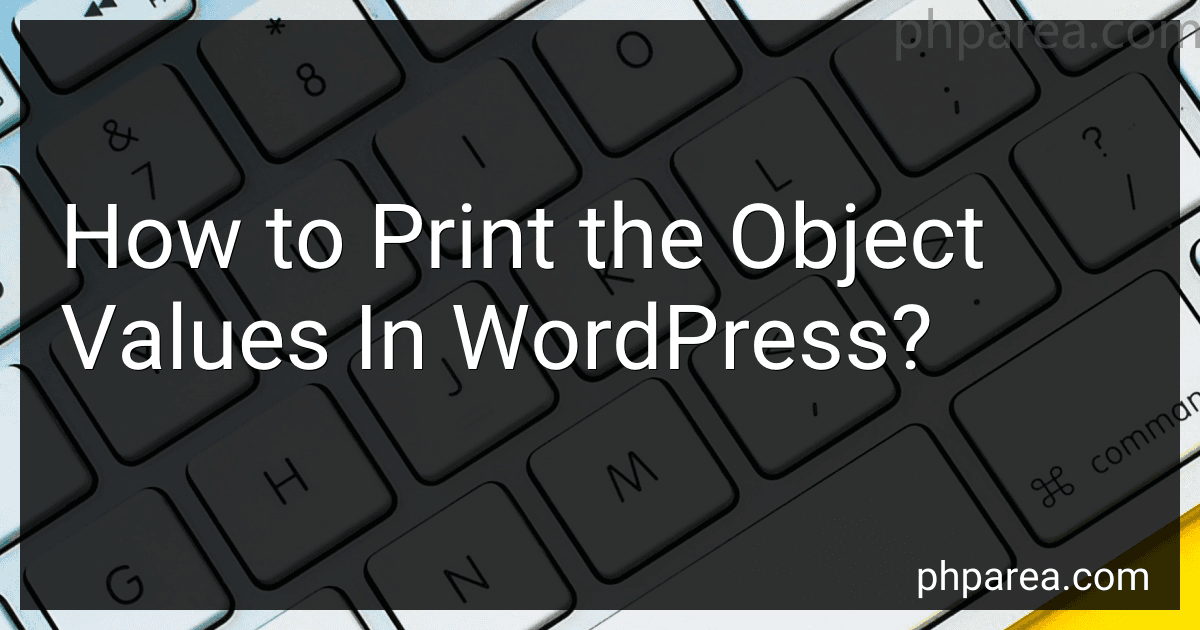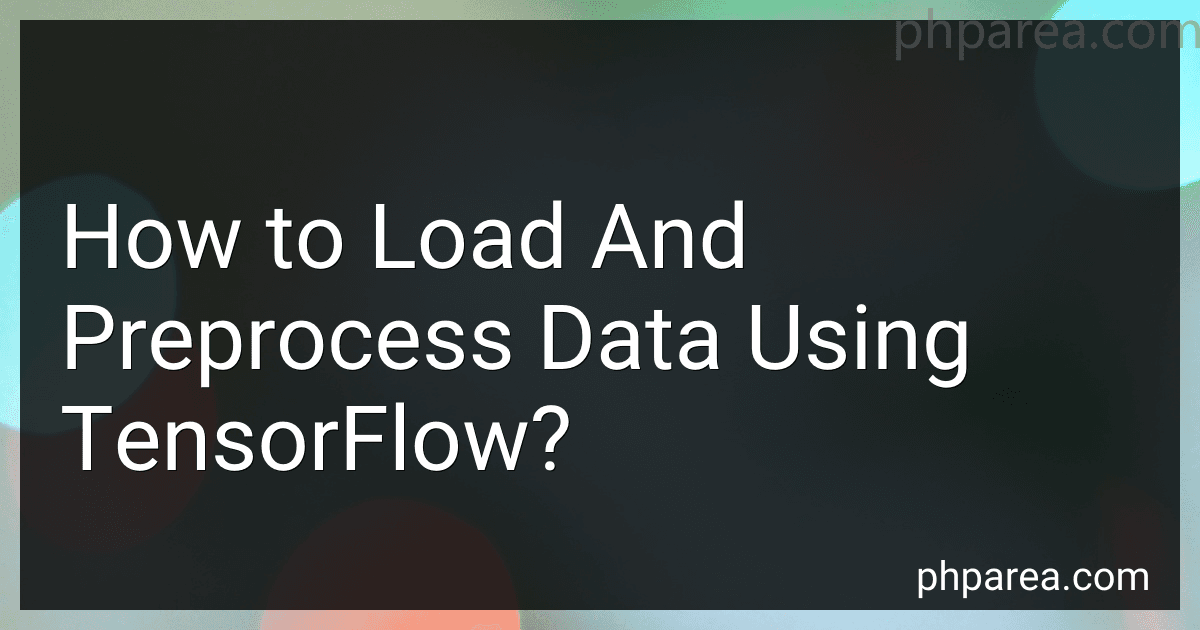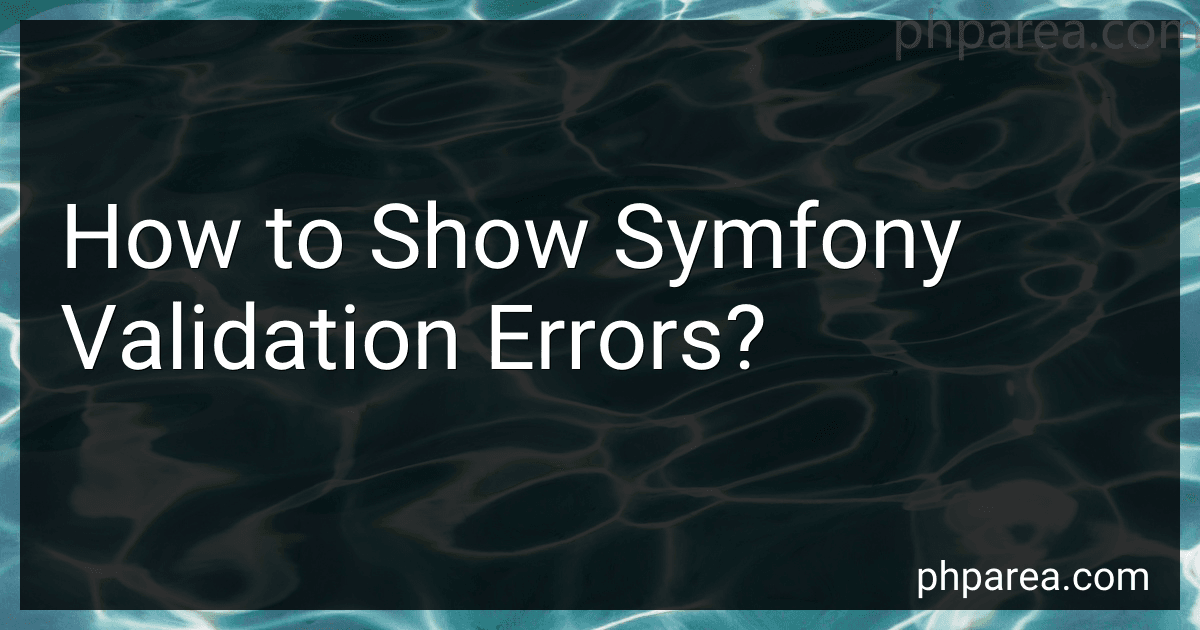Posts (page 105)
-
 10 min readCategories and products in WordPress are stored in the database. WordPress uses a relational database management system (RDBMS) to store all its data. The default database system used by WordPress is MySQL, although it can also work with other RDBMS such as MariaDB, PostgreSQL, and SQLite.The categories in WordPress are stored in the 'wp_terms' table. Each category is represented by a row in this table, with information such as the category ID, name, slug, and other metadata.
10 min readCategories and products in WordPress are stored in the database. WordPress uses a relational database management system (RDBMS) to store all its data. The default database system used by WordPress is MySQL, although it can also work with other RDBMS such as MariaDB, PostgreSQL, and SQLite.The categories in WordPress are stored in the 'wp_terms' table. Each category is represented by a row in this table, with information such as the category ID, name, slug, and other metadata.
-
 5 min readTo make an AJAX search with Symfony and JQuery, you can follow the below steps:Start by setting up a Symfony project and configuring the database connection. Create a new route in Symfony that will handle the AJAX search request. You can define this route in the routes.yaml file or in an individual controller file. In the controller method that handles the AJAX search request, retrieve the search query from the request data. You can use the Request object to get the query parameter.
5 min readTo make an AJAX search with Symfony and JQuery, you can follow the below steps:Start by setting up a Symfony project and configuring the database connection. Create a new route in Symfony that will handle the AJAX search request. You can define this route in the routes.yaml file or in an individual controller file. In the controller method that handles the AJAX search request, retrieve the search query from the request data. You can use the Request object to get the query parameter.
-
 10 min readSaving and restoring TensorFlow models is crucial for tasks such as training a model and then using it for prediction or resuming training from where it was left off. TensorFlow provides a mechanism for saving and restoring models through its tf.train.Saver() class.To save a model in TensorFlow, first, you need to specify the variables that you want to save. These variables can be TensorFlow variables, which hold the model parameters, or can be of any other TensorFlow data type.
10 min readSaving and restoring TensorFlow models is crucial for tasks such as training a model and then using it for prediction or resuming training from where it was left off. TensorFlow provides a mechanism for saving and restoring models through its tf.train.Saver() class.To save a model in TensorFlow, first, you need to specify the variables that you want to save. These variables can be TensorFlow variables, which hold the model parameters, or can be of any other TensorFlow data type.
-
 6 min readTo print the object values in WordPress, you can use the built-in PHP function print_r() or var_dump(). These functions display structured information about variables including object values.To print the object values using print_r(), you can use the following code: <?php $obj = new YourObject(); // Replace YourObject with the actual object you want to print echo '<pre>'; print_r($obj); echo '</pre>'; .
6 min readTo print the object values in WordPress, you can use the built-in PHP function print_r() or var_dump(). These functions display structured information about variables including object values.To print the object values using print_r(), you can use the following code: <?php $obj = new YourObject(); // Replace YourObject with the actual object you want to print echo '<pre>'; print_r($obj); echo '</pre>'; .
-
 6 min readTensorBoard is a powerful visualization tool provided by TensorFlow that helps in analyzing and understanding machine learning models. It enables users to monitor and explore the behavior of a TensorFlow model by displaying various visualizations, including scalar values, histograms, images, and more.To use TensorBoard for visualization in TensorFlow, follow these steps:Import the necessary modules: Import TensorFlow: import tensorflow as tf Import TensorBoard: from tensorflow.keras.
6 min readTensorBoard is a powerful visualization tool provided by TensorFlow that helps in analyzing and understanding machine learning models. It enables users to monitor and explore the behavior of a TensorFlow model by displaying various visualizations, including scalar values, histograms, images, and more.To use TensorBoard for visualization in TensorFlow, follow these steps:Import the necessary modules: Import TensorFlow: import tensorflow as tf Import TensorBoard: from tensorflow.keras.
-
 3 min readTo access request attributes and parameters on Symfony, you can use the following methods:Request Object: The Request object holds all the information about the current HTTP request. You can access request attributes and parameters through this object.
3 min readTo access request attributes and parameters on Symfony, you can use the following methods:Request Object: The Request object holds all the information about the current HTTP request. You can access request attributes and parameters through this object.
-
 4 min readTo select category names with a WordPress query, you can follow these steps:Open your WordPress dashboard and navigate to the "Appearance" section.Click on "Editor" to access the theme files.Locate the theme's functions.php file and open it for editing.Add the following code snippet at the end of the functions.
4 min readTo select category names with a WordPress query, you can follow these steps:Open your WordPress dashboard and navigate to the "Appearance" section.Click on "Editor" to access the theme files.Locate the theme's functions.php file and open it for editing.Add the following code snippet at the end of the functions.
-
 7 min readLoading and preprocessing data in TensorFlow involves several steps. First, you need to acquire your dataset, which can be in the form of images, text, or numerical data. Once you have your dataset ready, you can follow these steps to load and preprocess it using TensorFlow:Import the necessary libraries: Begin by importing the TensorFlow library, as well as any other libraries or modules you might need for loading and preprocessing your specific data.
7 min readLoading and preprocessing data in TensorFlow involves several steps. First, you need to acquire your dataset, which can be in the form of images, text, or numerical data. Once you have your dataset ready, you can follow these steps to load and preprocess it using TensorFlow:Import the necessary libraries: Begin by importing the TensorFlow library, as well as any other libraries or modules you might need for loading and preprocessing your specific data.
-
 9 min readTo show Symfony validation errors, you can follow these steps:In your Symfony controller, after validating the form data, you can check if the form is valid using the $form->isValid() method. If it returns false, it means there are validation errors. If the form is invalid, you can retrieve the validation errors using $form->getErrors(true). The getErrors(true) method will also include errors from the child forms. Iterate through the validation errors and extract the error messages.
9 min readTo show Symfony validation errors, you can follow these steps:In your Symfony controller, after validating the form data, you can check if the form is valid using the $form->isValid() method. If it returns false, it means there are validation errors. If the form is invalid, you can retrieve the validation errors using $form->getErrors(true). The getErrors(true) method will also include errors from the child forms. Iterate through the validation errors and extract the error messages.
-
 15 min readTo enable a WordPress plugin only on blog posts, you can make use of conditional statements in your theme's functions.php file. Follow these steps:Access your WordPress installation files via FTP or file manager.Locate the theme you are using and find the functions.php file within it.Download a backup copy of the functions.php file to your computer for safekeeping.Open the functions.php file in a text editor.Inside the functions.
15 min readTo enable a WordPress plugin only on blog posts, you can make use of conditional statements in your theme's functions.php file. Follow these steps:Access your WordPress installation files via FTP or file manager.Locate the theme you are using and find the functions.php file within it.Download a backup copy of the functions.php file to your computer for safekeeping.Open the functions.php file in a text editor.Inside the functions.
-
 8 min readImplementing a simple linear regression model in TensorFlow involves creating a computational graph that predicts a linear relationship between the input data and the output values. Here are the steps to implement the model:Import the necessary libraries: Import the TensorFlow library: import tensorflow as tf Import any other needed libraries, such as NumPy for data manipulation. Prepare the data: Load or create the input features (X) and output labels (y) datasets.
8 min readImplementing a simple linear regression model in TensorFlow involves creating a computational graph that predicts a linear relationship between the input data and the output values. Here are the steps to implement the model:Import the necessary libraries: Import the TensorFlow library: import tensorflow as tf Import any other needed libraries, such as NumPy for data manipulation. Prepare the data: Load or create the input features (X) and output labels (y) datasets.
-
 13 min readTo get 5 random posts from the latest 10 in WordPress, you can follow these steps:First, retrieve the latest 10 posts from your WordPress database. This can be done using the WP_Query class, which is the recommended way to retrieve posts in WordPress. Set the orderby parameter to 'date' to ensure that you get the latest posts. By default, WordPress sorts posts in descending order so that the latest posts appear first.
13 min readTo get 5 random posts from the latest 10 in WordPress, you can follow these steps:First, retrieve the latest 10 posts from your WordPress database. This can be done using the WP_Query class, which is the recommended way to retrieve posts in WordPress. Set the orderby parameter to 'date' to ensure that you get the latest posts. By default, WordPress sorts posts in descending order so that the latest posts appear first.